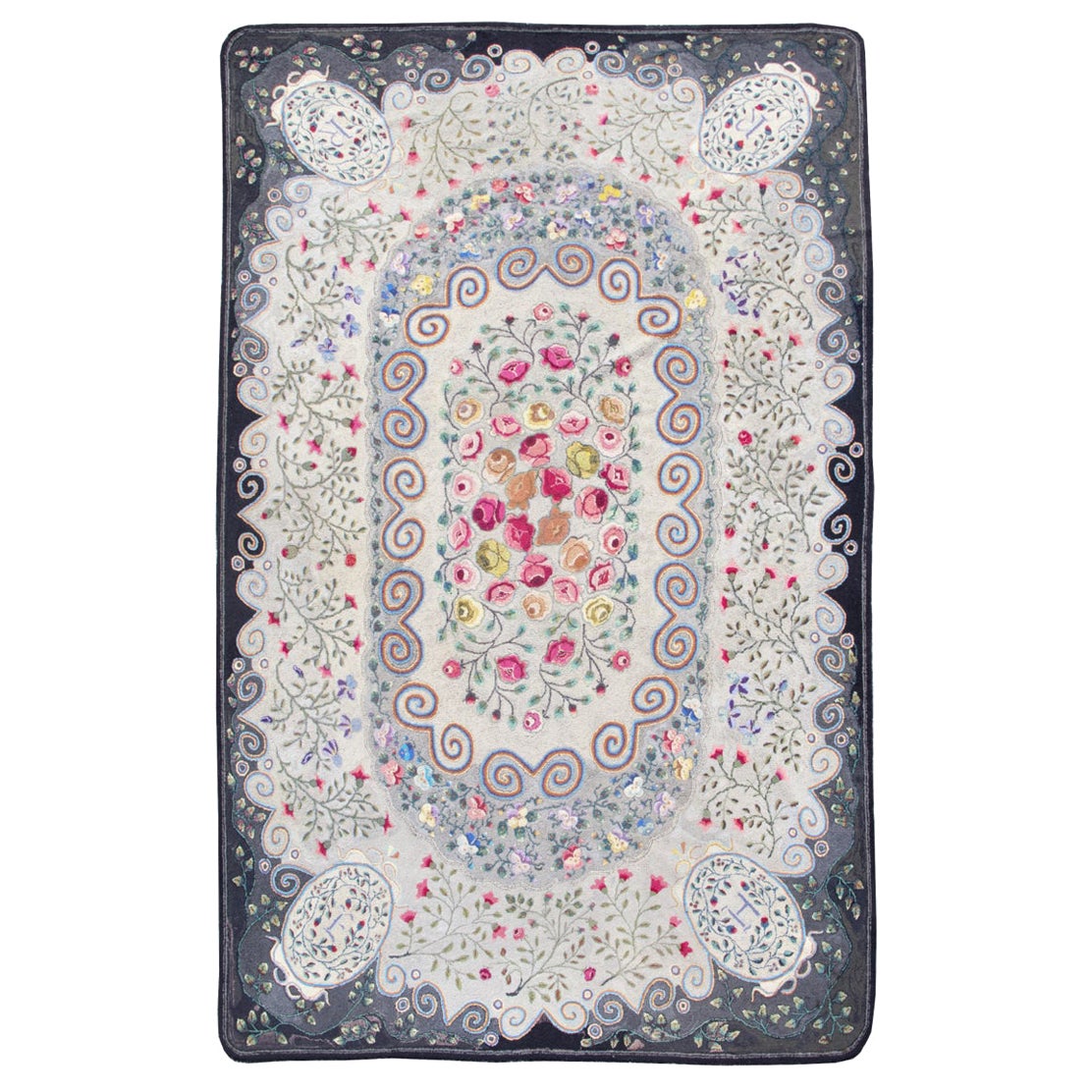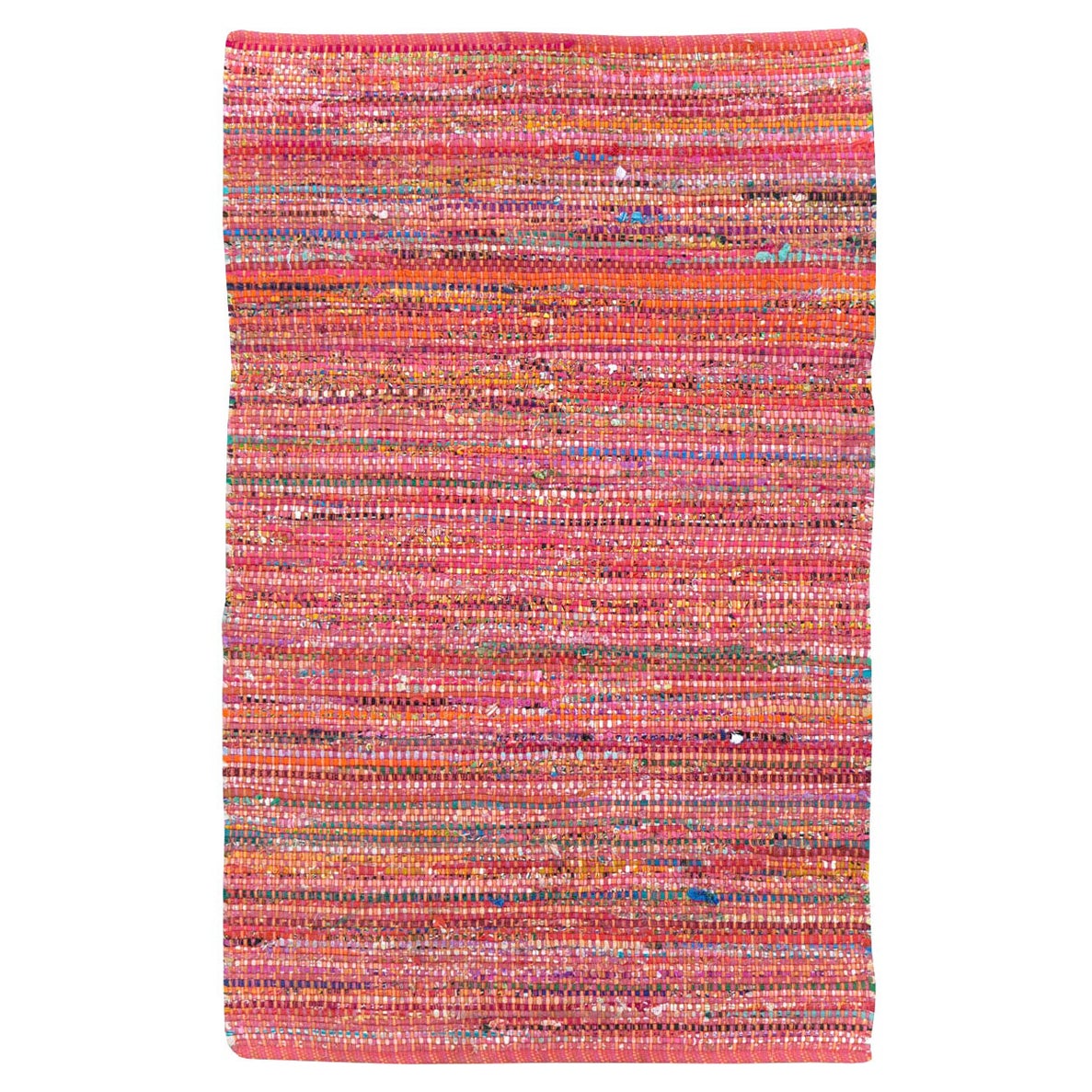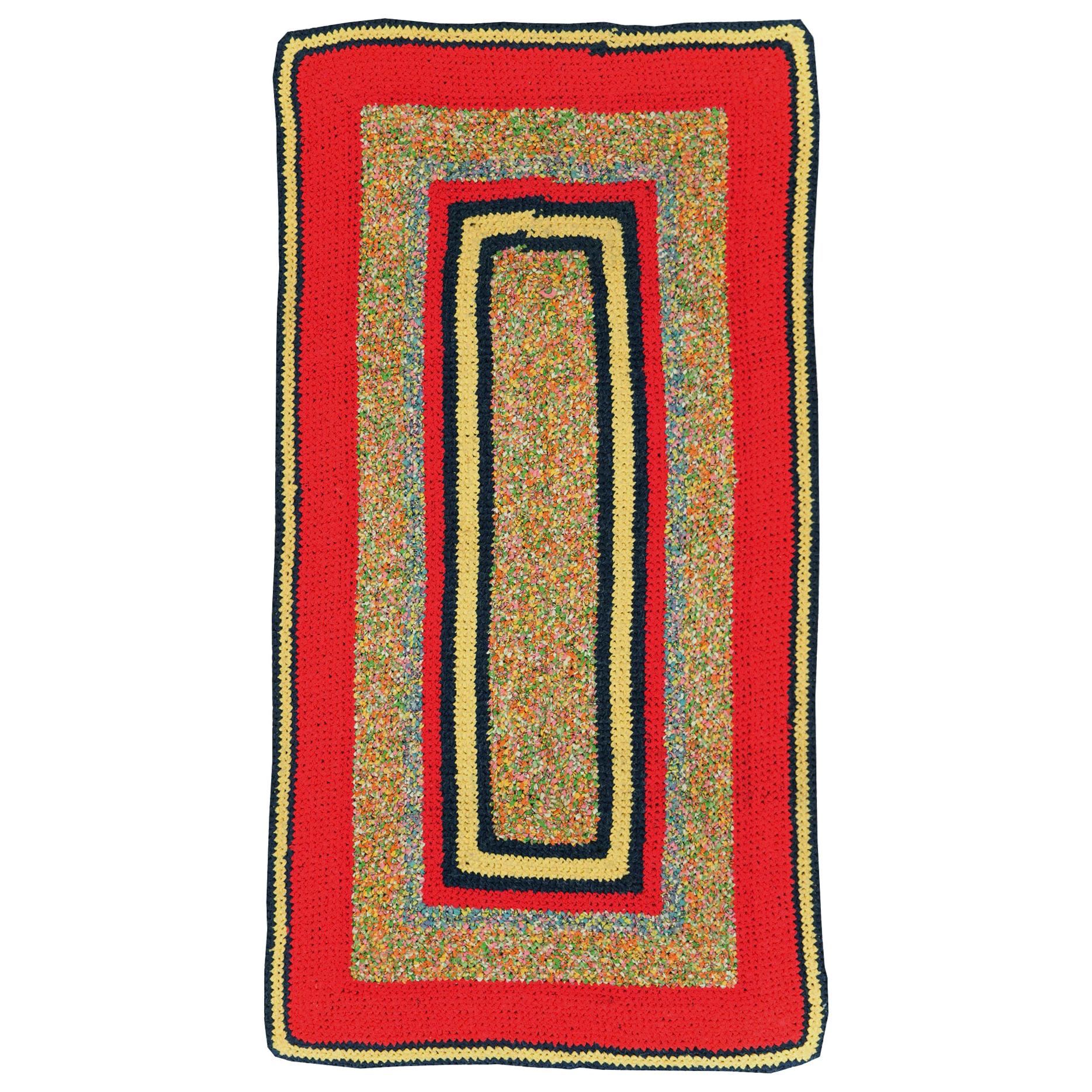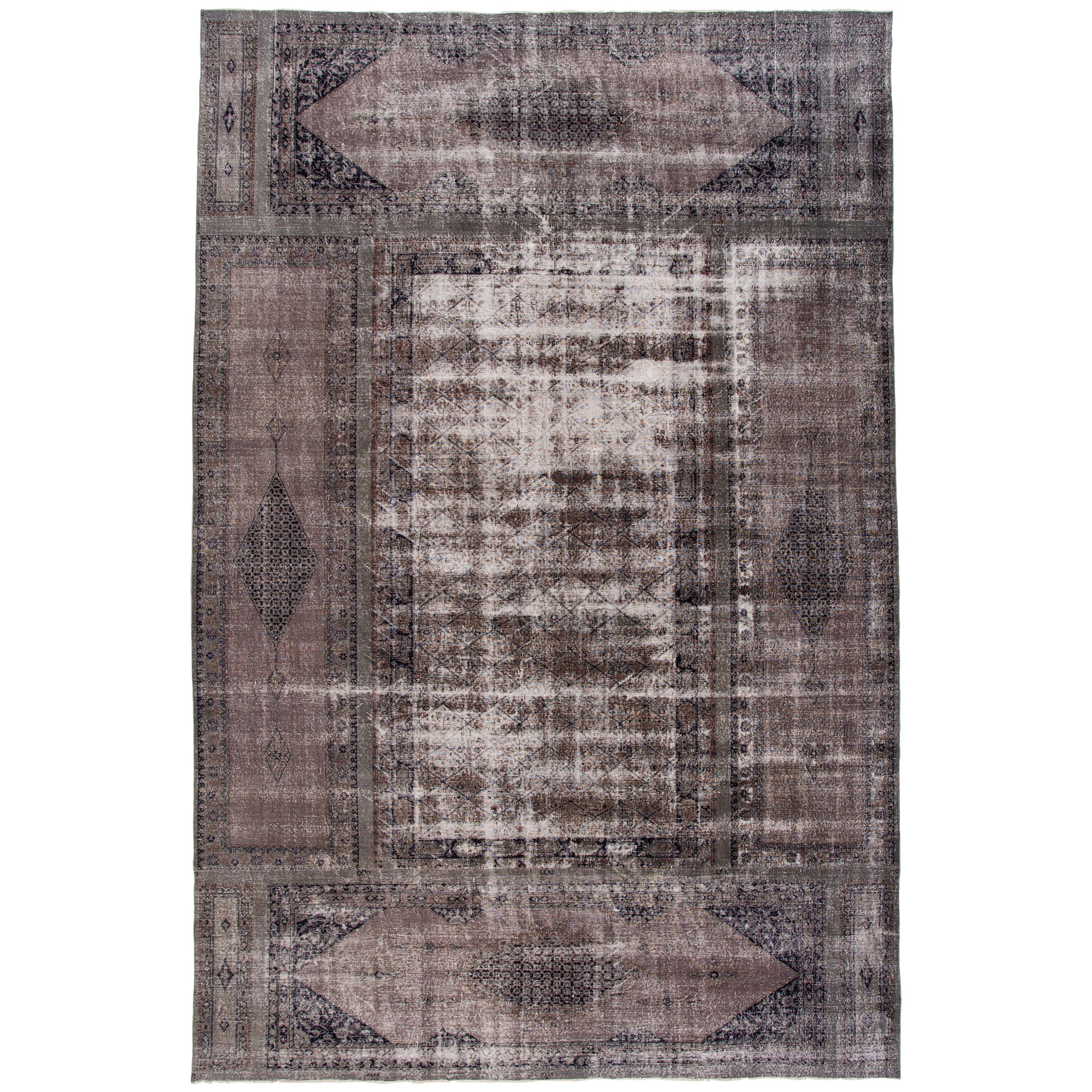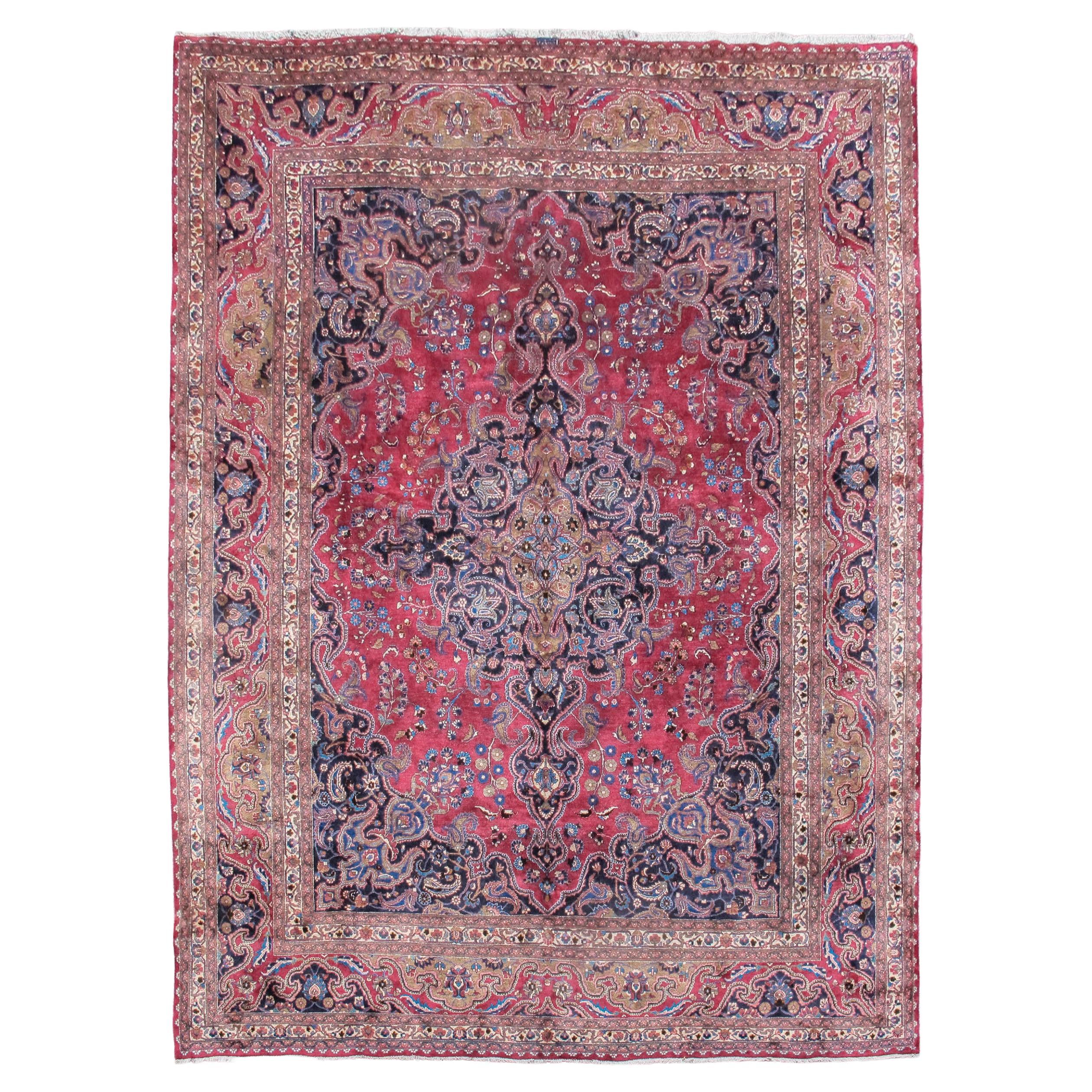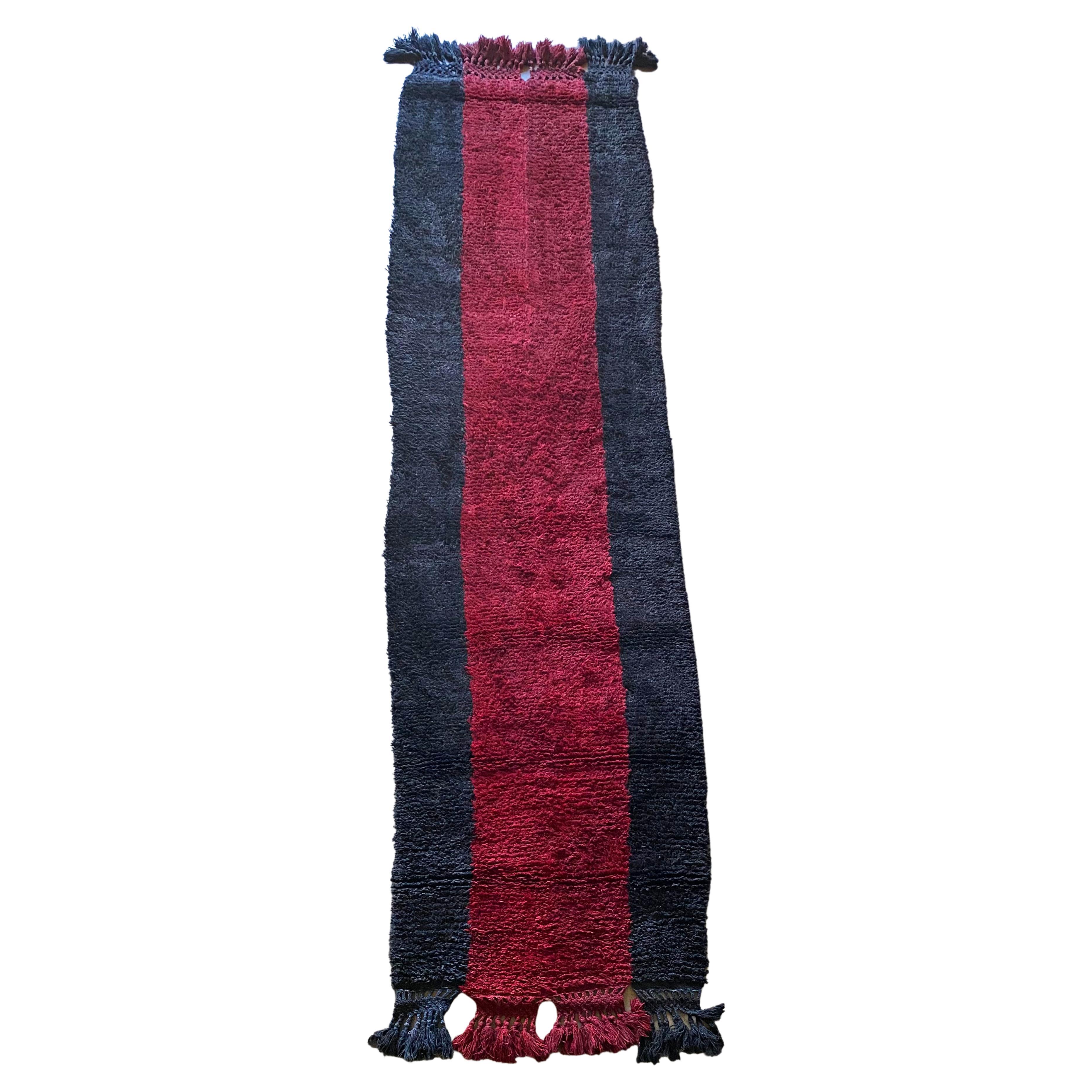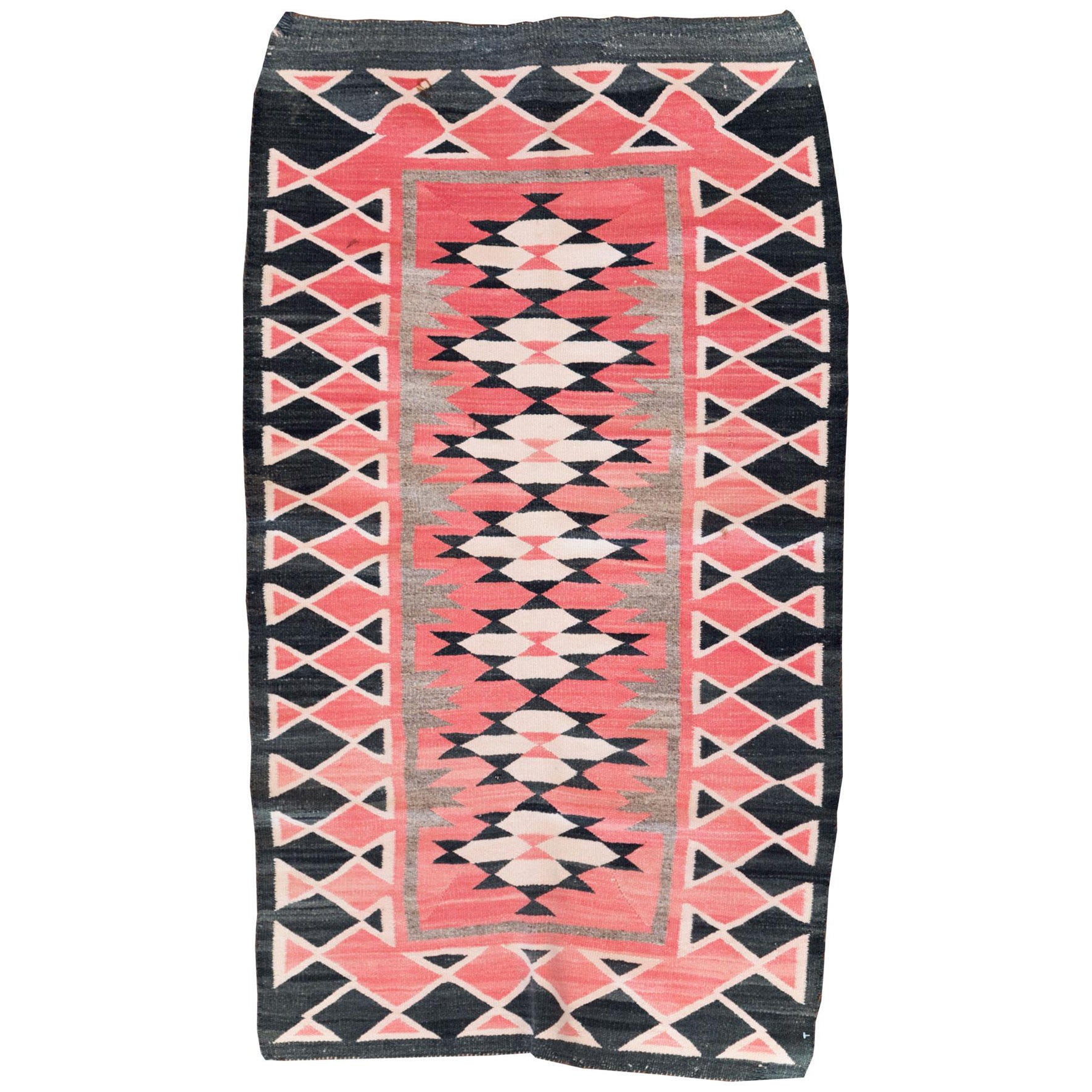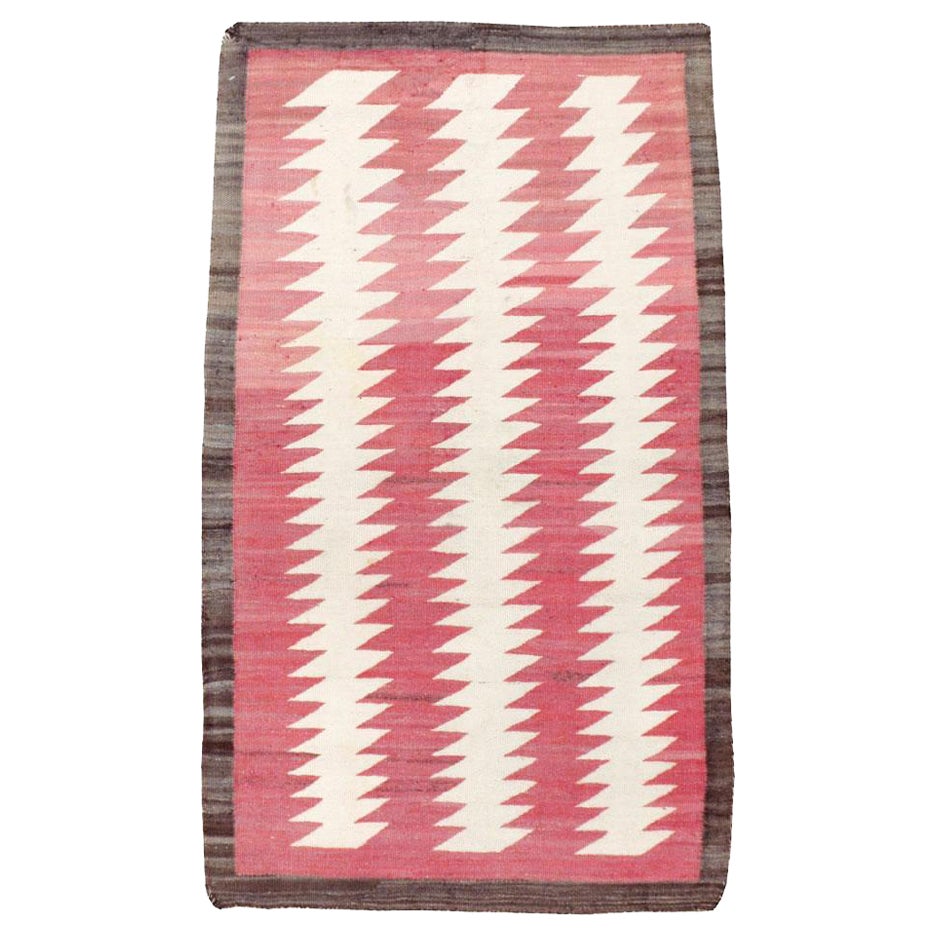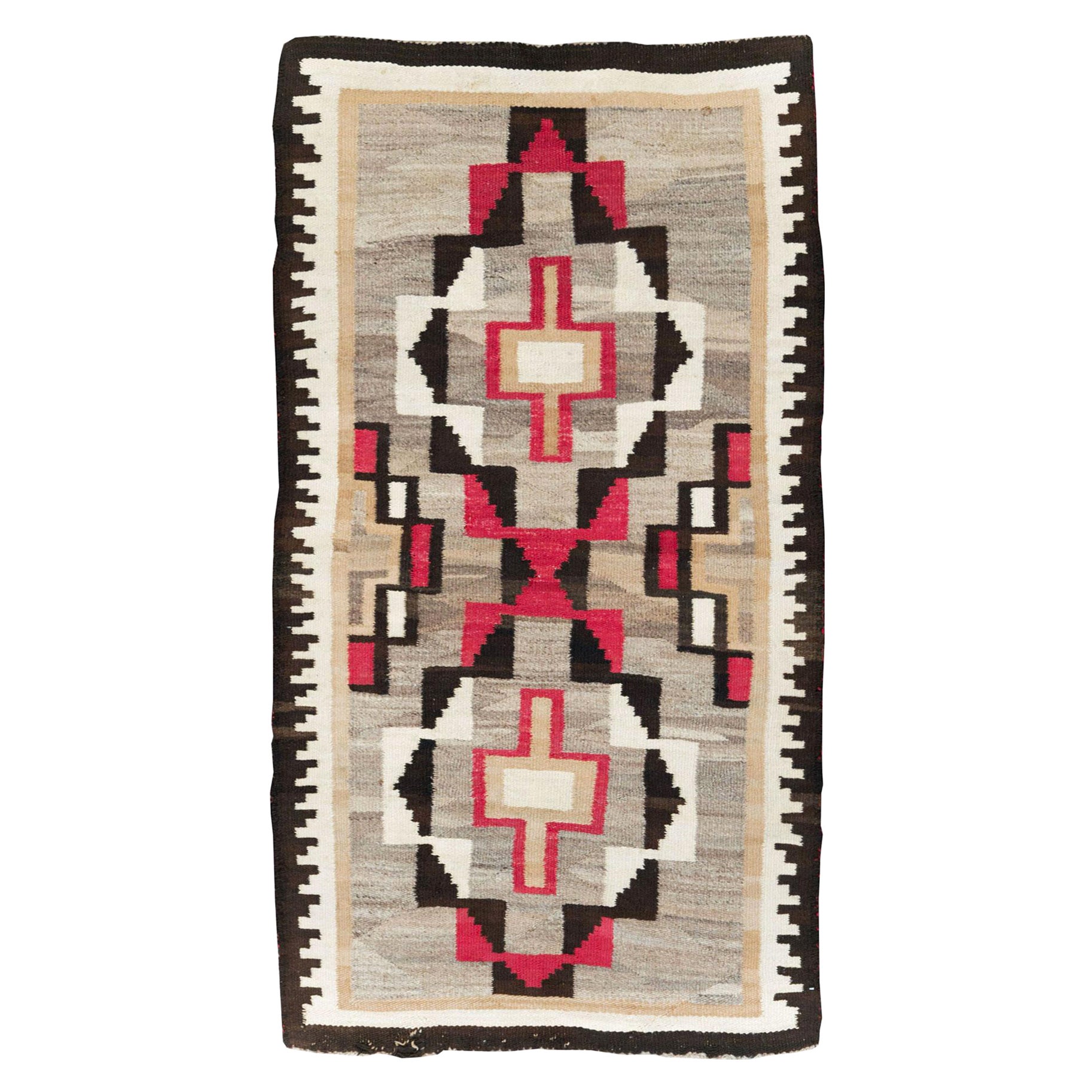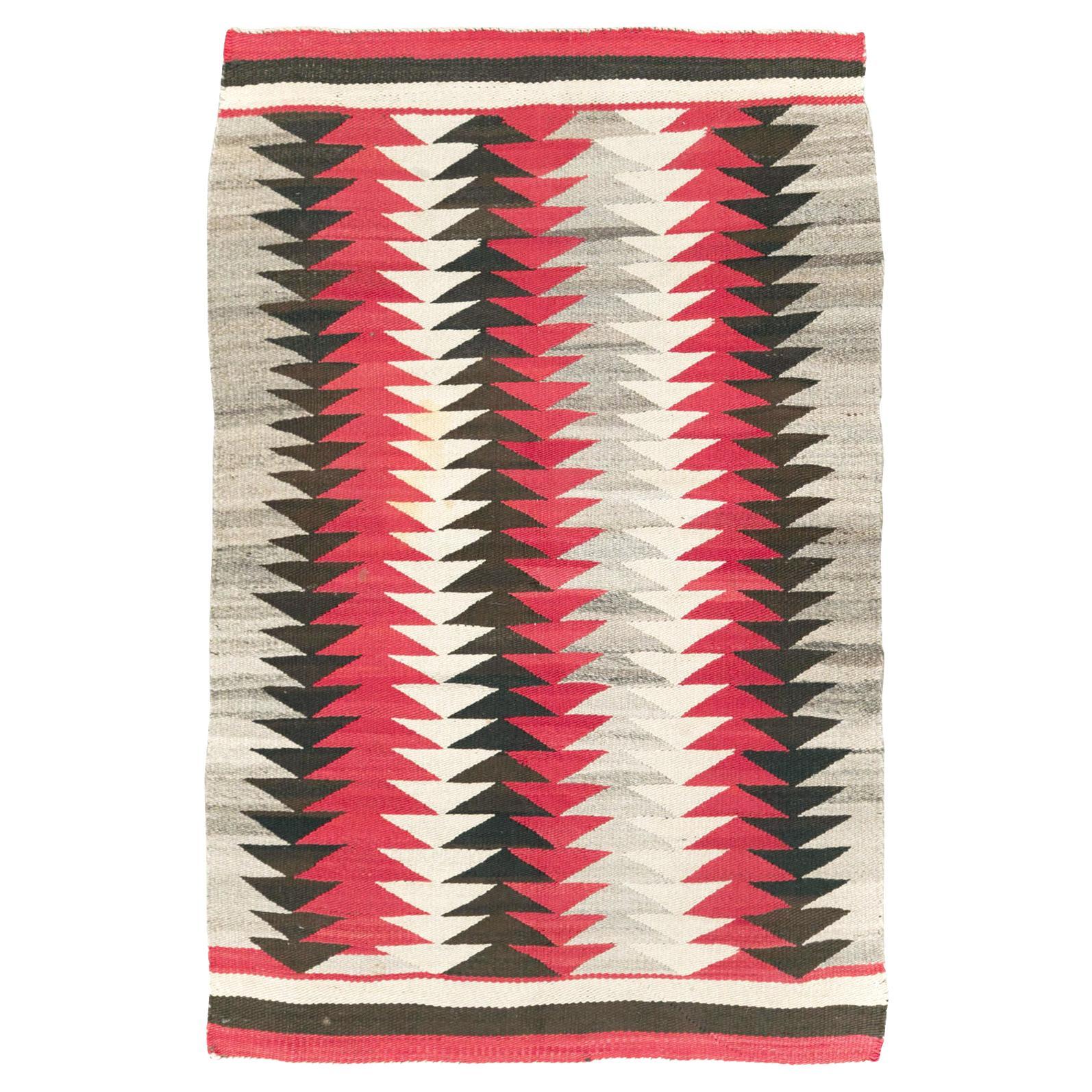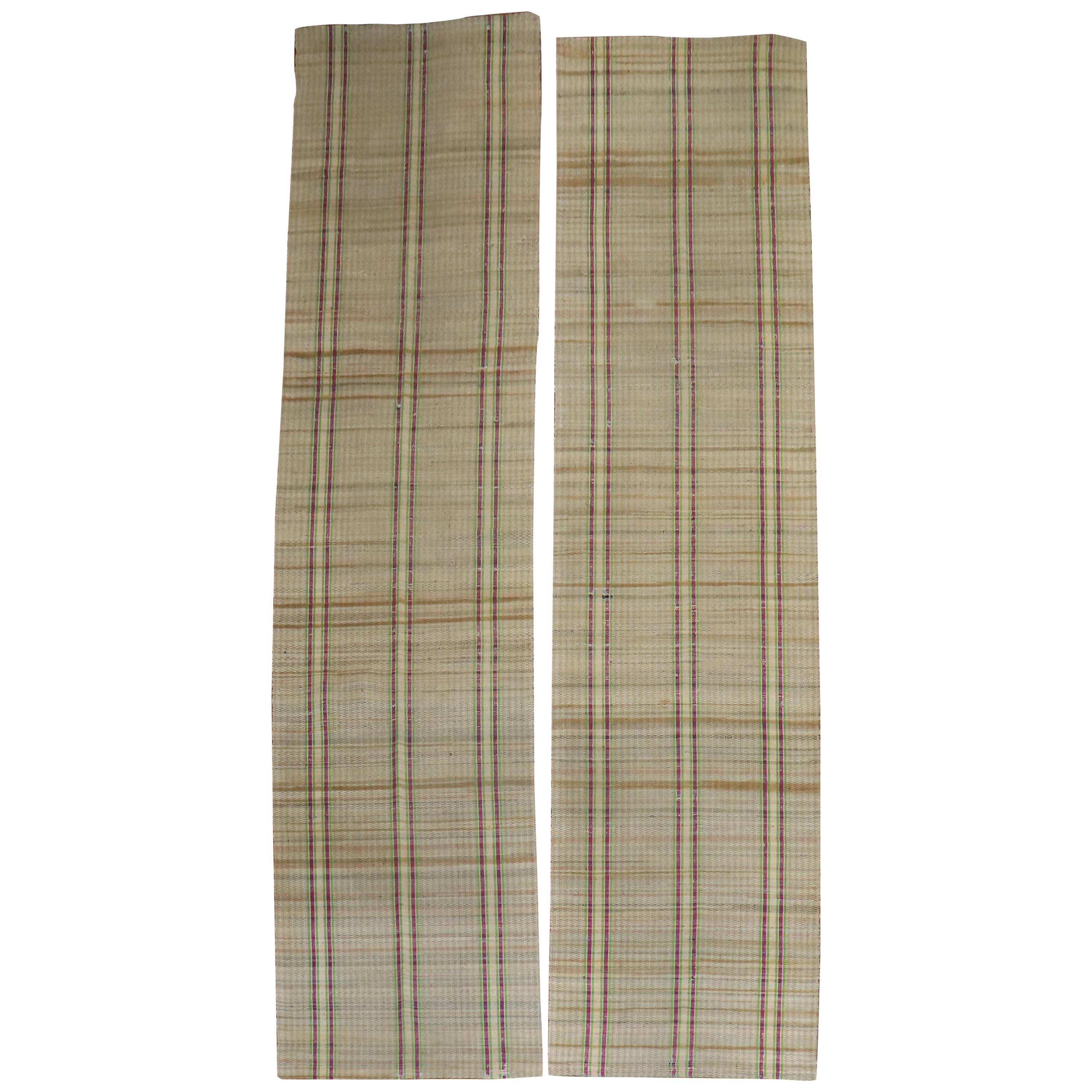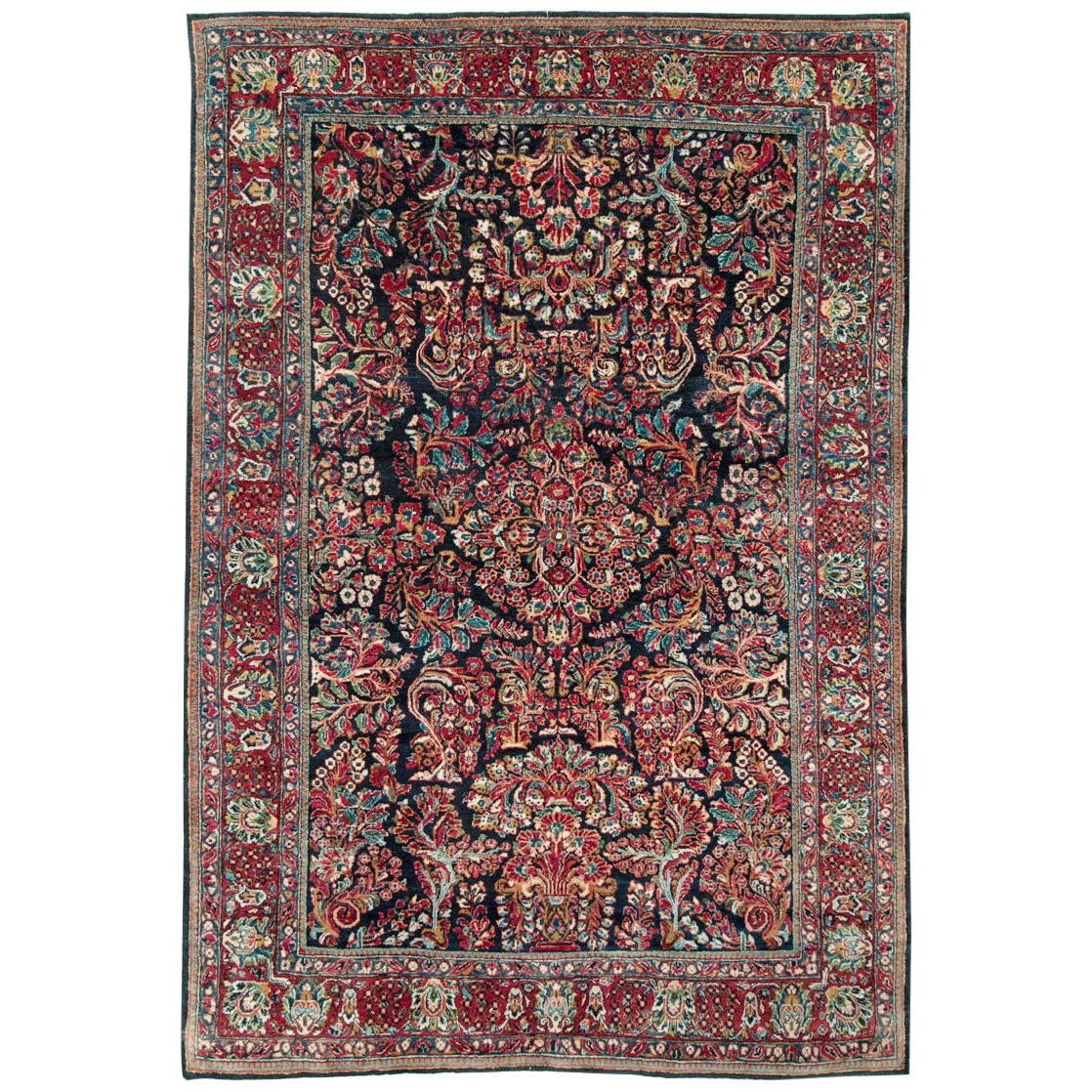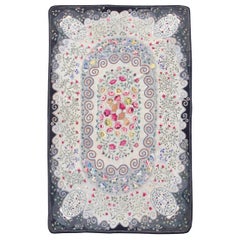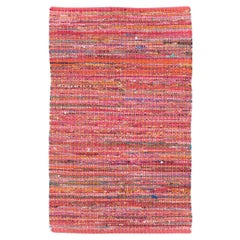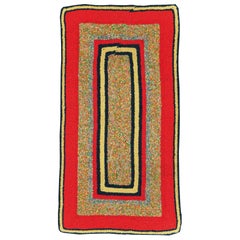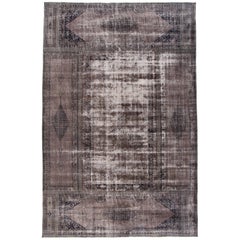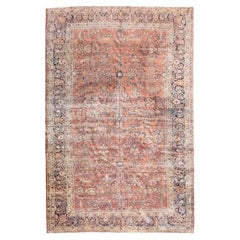
20th Century Wool Rug, American Saroug, Leaves and Branches Intertwined
View Similar Items
1 of 7
20th Century Wool Rug, American Saroug, Leaves and Branches Intertwined
About the Item
Authenticity Guarantee
In the unlikely event there’s an issue with an item’s authenticity, contact us within 1 year for a full refund. DetailsMoney-Back Guarantee
If your item is not as described, is damaged in transit, or does not arrive, contact us within 7 days for a full refund. Details24-Hour Cancellation
You have a 24-hour grace period in which to reconsider your purchase, with no questions asked.Vetted Professional Sellers
Our world-class sellers must adhere to strict standards for service and quality, maintaining the integrity of our listings.Price-Match Guarantee
If you find that a seller listed the same item for a lower price elsewhere, we’ll match it.Trusted Global Delivery
Our best-in-class carrier network provides specialized shipping options worldwide, including custom delivery.You May Also Like
American Hooked Rug, 20th Century
Located in San Francisco, CA
Large Gray Floral American Hooked Rug, 20th Century
Additional information:
Dimensions: 9'6" W x 14'9" L
Origin: North America
Period: 20th Century (2nd Quarter)
Rug ID: 16940
Category
20th Century American North and South American Rugs
Materials
Wool
Mid-20th Century Handmade American Rag Rug
Located in New York, NY
A vintage American rag rug handmade during the mid-20th century.
Measures: 3' 6" x 5' 8"
North American rugs & carpets:
North American has never developed a unified handmade rug tradition, but rather it is the unassimilated confluence of several. From Mexico comes the Saltillo serape wearing blanket, and this stimulates the Navajo and Rio Grande (Colorado) weavers, first as blankets, then as rugs. The thrifty habits of rural America gave rise to the New England (and Western Canadian) hooked rug types, while the farmers of the Midwest recycled their disused garments into braided and rag rugs.
The closest to a real ongoing tradition are the Southwestern (New Mexican) Navajo rugs. By the 1860s the native tribes were weaving wearing blankets with wool from the Spanish churro sheep. These were in stripe design, with combinations of undyed wool with cochineal reds and indigo blues. The multi-phase “Chief’s Blankets” from the 1870s-80s are a natural outgrowth of these. Machine spun red wool from Germantown in Pennsylvania appeared in the 1870s with a bright red hitherto unobtainable. The weavers loved it and blankets appeared with bright reds, generally aniline, in “eye dazzler” patterns. Anglo traders established posts beginning in the 1890s. Navajo weavings were perfect accompaniments not only for Western-themed decors, but for East Coast apartments, only they needed to be thicker and more rug like to be truly accepted. The traders brought Caucasian and Turkish village rugs to copy, borders were introduced and central medallions devised. The weavers continued to create on vertical looms, with a shared warp (dovetailing) weft structure to avoid slits. The warps were cotton string. Sizes were generally scatters, but occasionally a special order came in, hence antique room size Navajos are very rare and very pricey. Distinct village/pueblo styles developed. Among the best are: Two Grey Hills (considered the tightest, closest of all Navajo weaving), Crystal Springs, and Ganado. Certain new patterns such as the “Storm pattern” with jagged lightning bolts emanating from a dark cloud developed. The Yei rug with dancing Kachina doll figures became popular. The palette has been expanded beyond the classic grey, tan, dark brown, and cream natural wool combination to again include reds, blues, and greens. Navajo pictorials include American flags, trains, and automobiles, domestic and local scenes and scenery. Individual artist weavers now command gallery shows and correspondingly elevated prices. There are several levels of Navajo work, and antique and vintage scatters with simple flat designs, medium weaves, and tritonal palettes, and in good floor worthy condition are still available reasonably.
The Native American weaving tradition extends into Colorado with two-piece scatters with sharp sawtooth medallions and striped end borders, with wool tapestry weave on cotton warps. These descend from the Saltillo blankets...
Category
Mid-20th Century American Folk Art North and South American Rugs
Materials
Wool, Cotton, Yarn
Mid-20th Century Handmade American Rag Throw Rug
Located in New York, NY
A vintage American Rag rug in throw/scatter size handmade during the mid-20th century.
Measures: 3' 3" x 6' 5".
Category
Mid-20th Century American American Colonial North and South American Rugs
Materials
Wool
$1,300 Sale Price
20% Off
Mid-20th Century Oversize Vintage Overdyed Wool Rug
Located in Norwalk, CT
Beautiful vintage oversize distressed rug, hand knotted wool with a, overdyed gray field.
This oversize piece measures: 11'5" x 17'4".
Category
Vintage 1920s Pakistani More Carpets
Materials
Wool
Mashad Rug, 20th Century
Located in San Francisco, CA
Red Floral Mashad Rug, 20th Century
Additional Information:
Dimensions: 9'9" W x 13'0" L
Origin: Persia
Period: 20th Century
Rug ID: 20985
Category
20th Century Persian Persian Rugs
Materials
Wool
$7,500
Uzbekistan Julkhyr Wool Rug, Hand-Knotted, Mid-20th Century
Located in Jimbaran, Bali
This Uzbek 'Julkhyr' rug is very long, measuring 320cm in length. It was hand-knotted from 3 larger panels of very thick wool that were stitched together. A key feature of this rug a...
Category
Mid-20th Century Uzbek Minimalist Central Asian Rugs
Materials
Wool
Recently Viewed
View AllMore Ways To Browse
Walnut Dining Table With Four Leaves
Wheat Side Table
Wicker Sofa Pair
Wine Bottle Coaster
Wisconsin Chair
Wmf Card
Wooden Fork And Spoon
19th Century Wood Loveseats
2 Seat Art Deco Sofa
2 Seater Art Deco Sofa
70 Round Dining Room Table
Antique Butter Knife
Antique Chair 17th
Antique Restaurant Bars
Antique Side Saddle
Antique Side Saddles
Antique Side Table With Green Leather
Antique Silver Cake Stand
